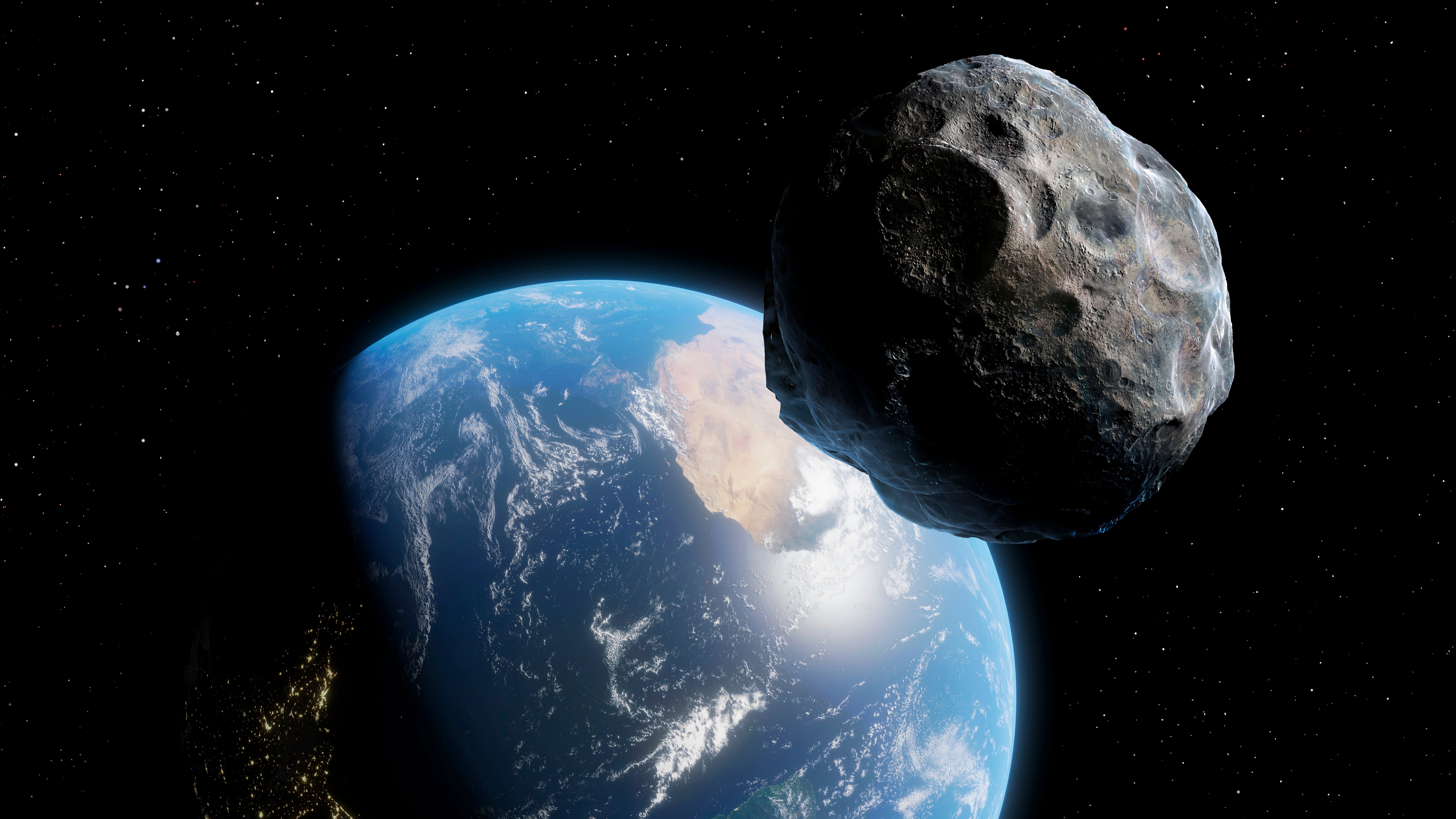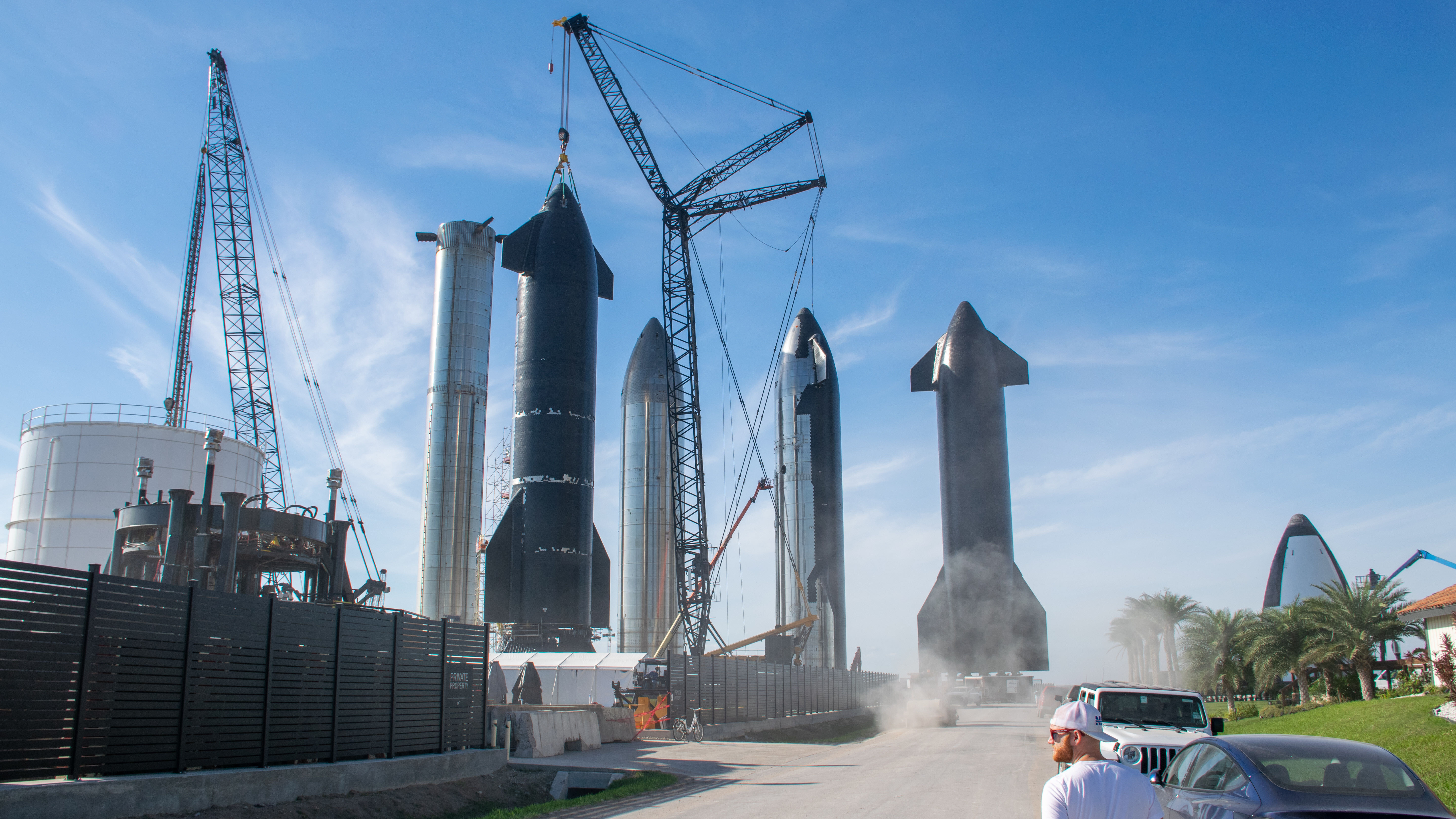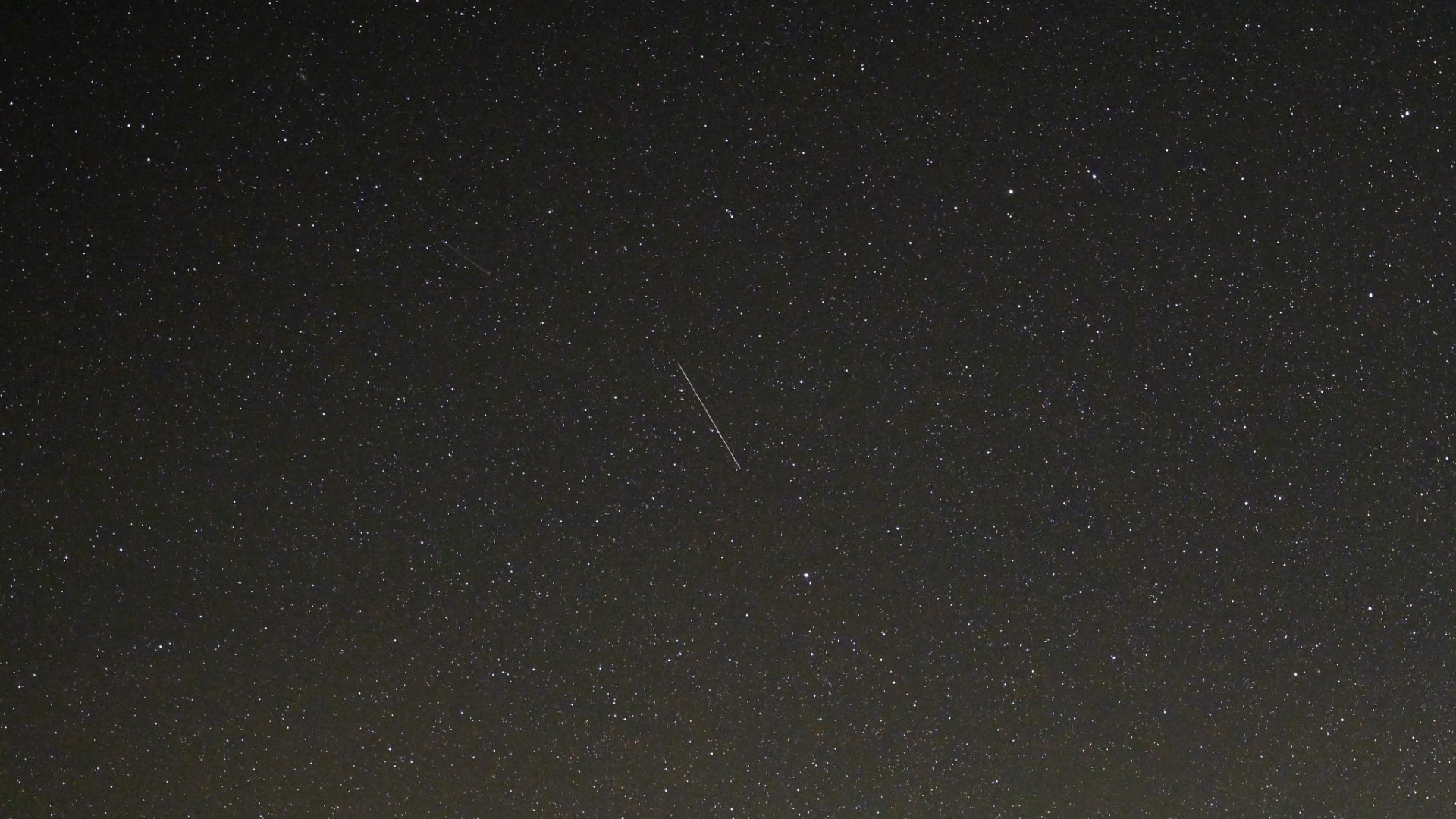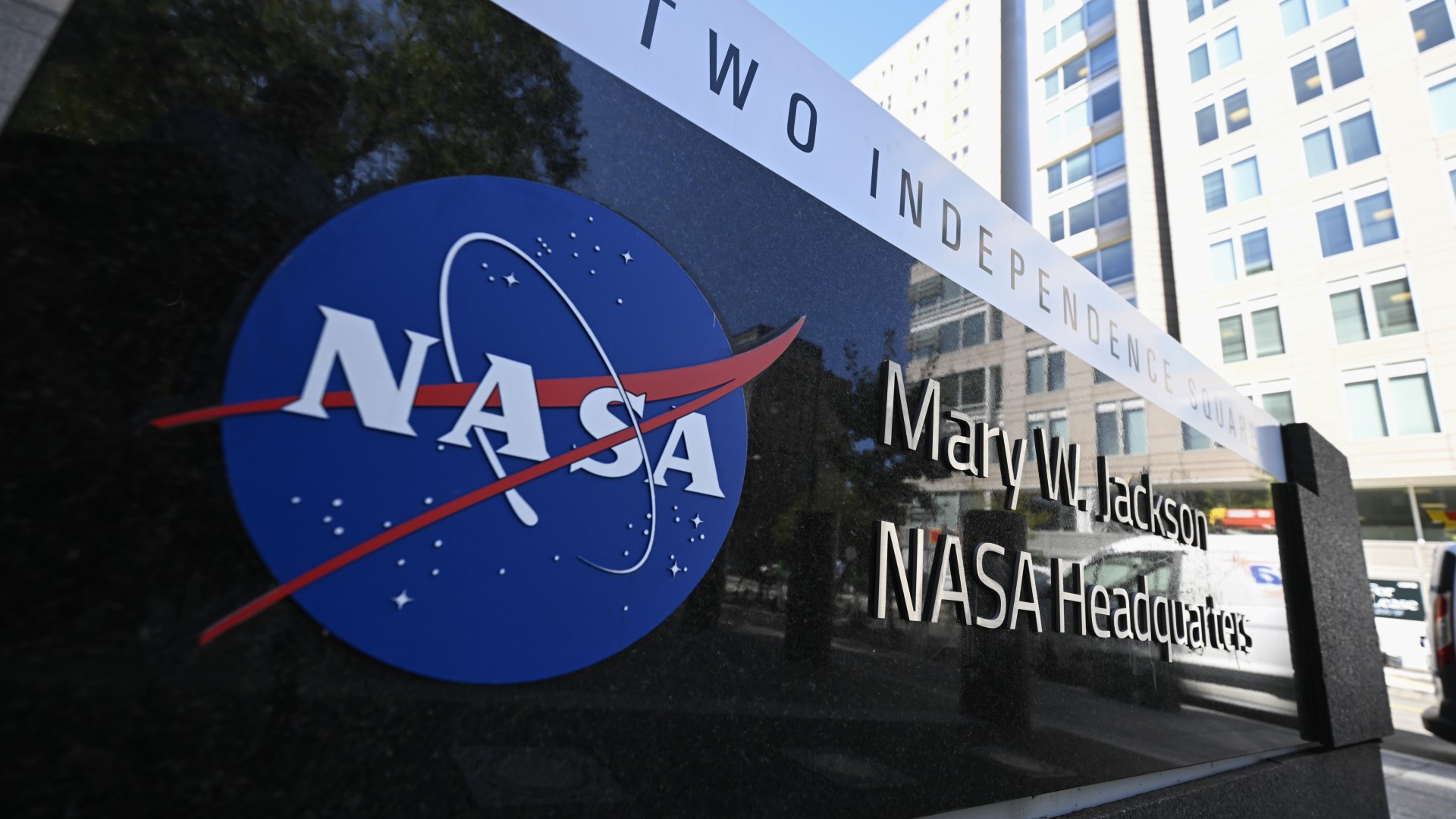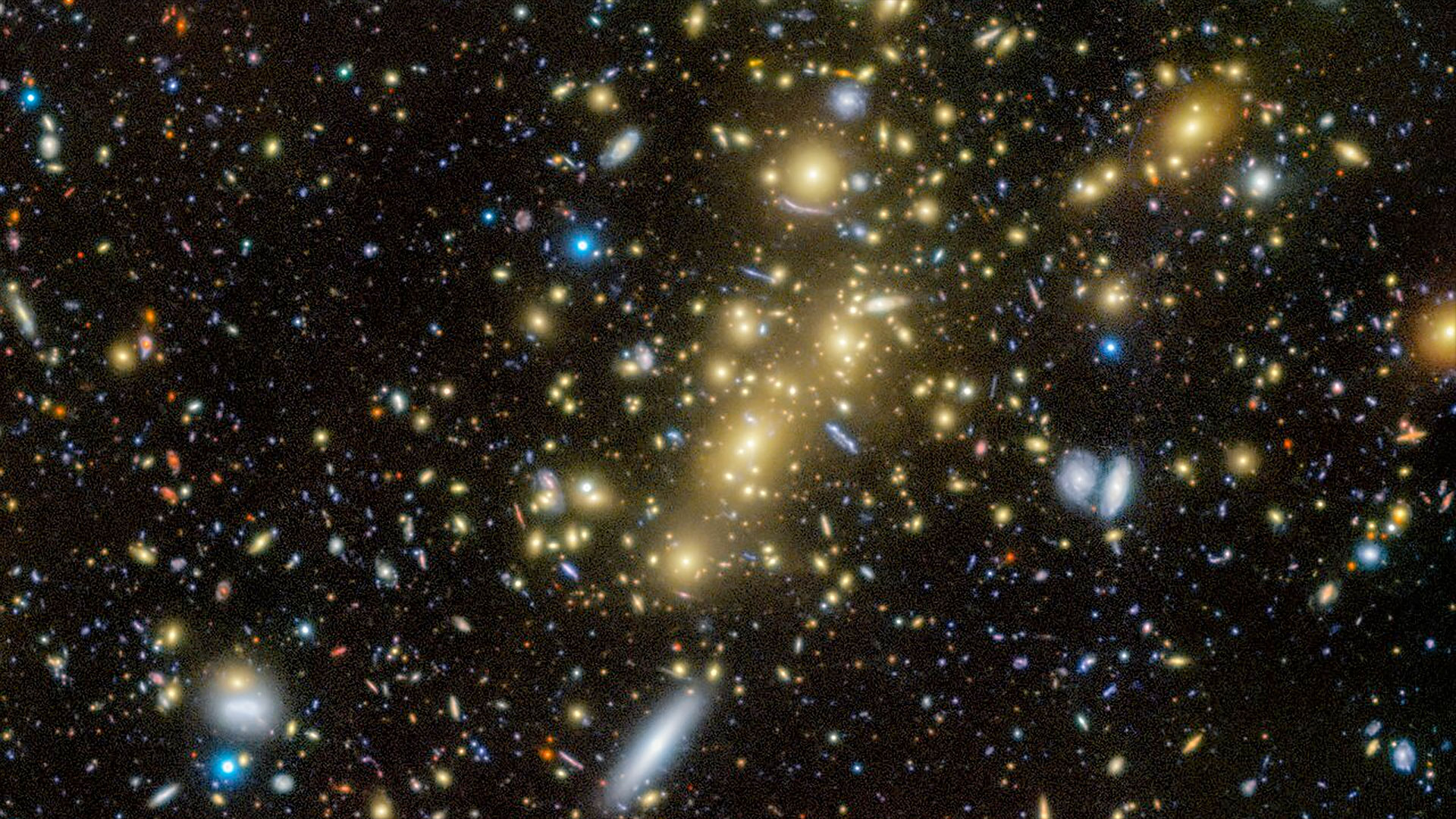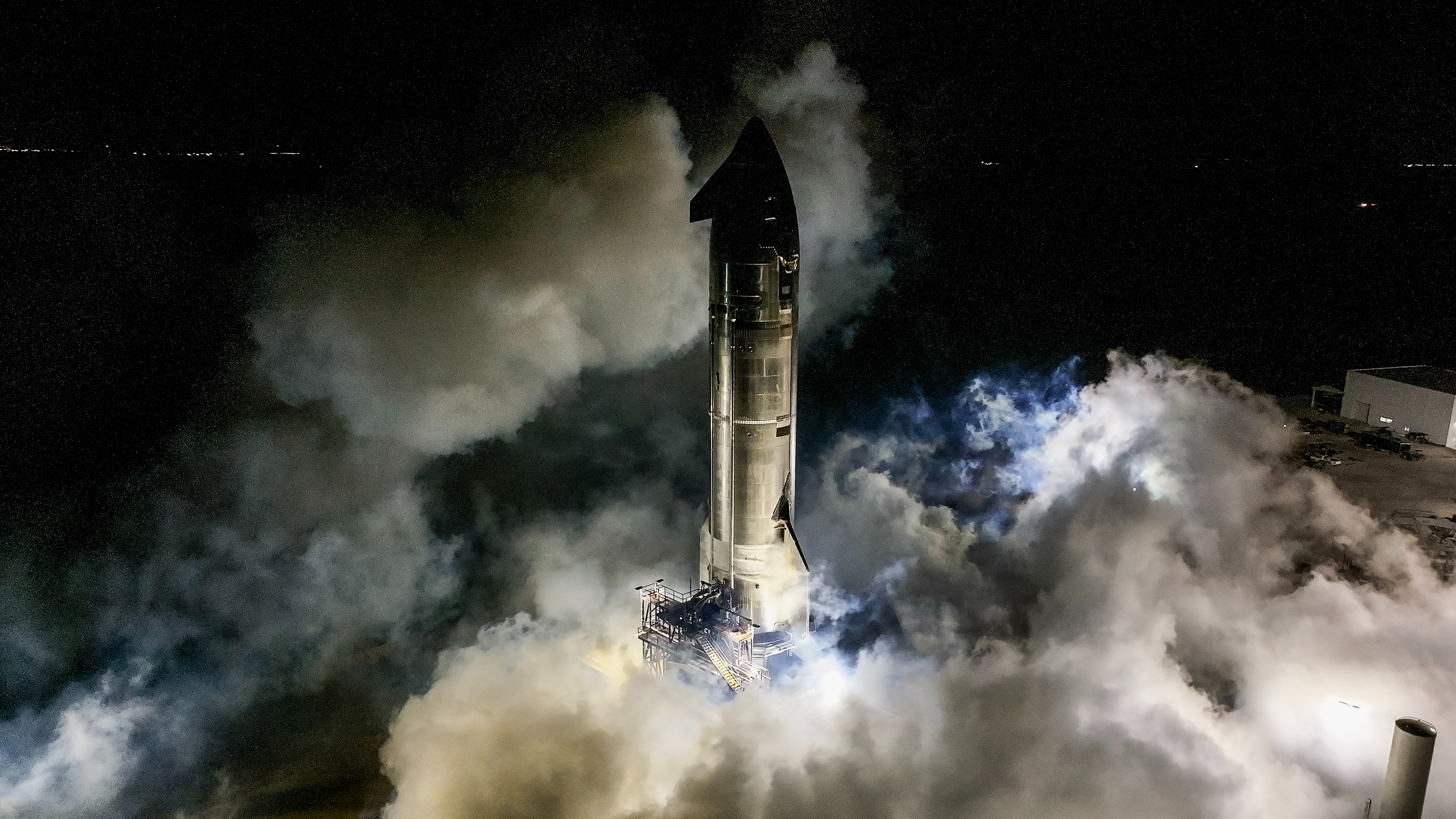Why 'ring of fire' solar eclipse on Oct. 14 has scientists excited (video)
The big day will see the moon almost completely block the sun.
NASA scientists are excited about the upcoming "ring of fire" solar eclipse.
The annular solar eclipse will first touch down in the U.S. in Oregon at 9:13 a.m. PDT (12:13 p.m. EDT and 1613 GMT) on Saturday (Oct. 14), while the partial eclipse stage will hit the U.S. West Coast at 11:03 EDT (1503 GMT). And scientists are counting down the hours to these milestones.
"There's a lot of Earth science that can occur, because you're getting this large drop in flux (radiation) coming from the sun," NASA postdoctoral researcher and solar astrophysicist Trevor Knuth told Space.com.
The population of charged particles like electrons can therefore change, which the agency plans to check out with sounding rockets sent into the upper atmosphere, he added.
Related: How long will the annular solar eclipse last on Oct. 14?
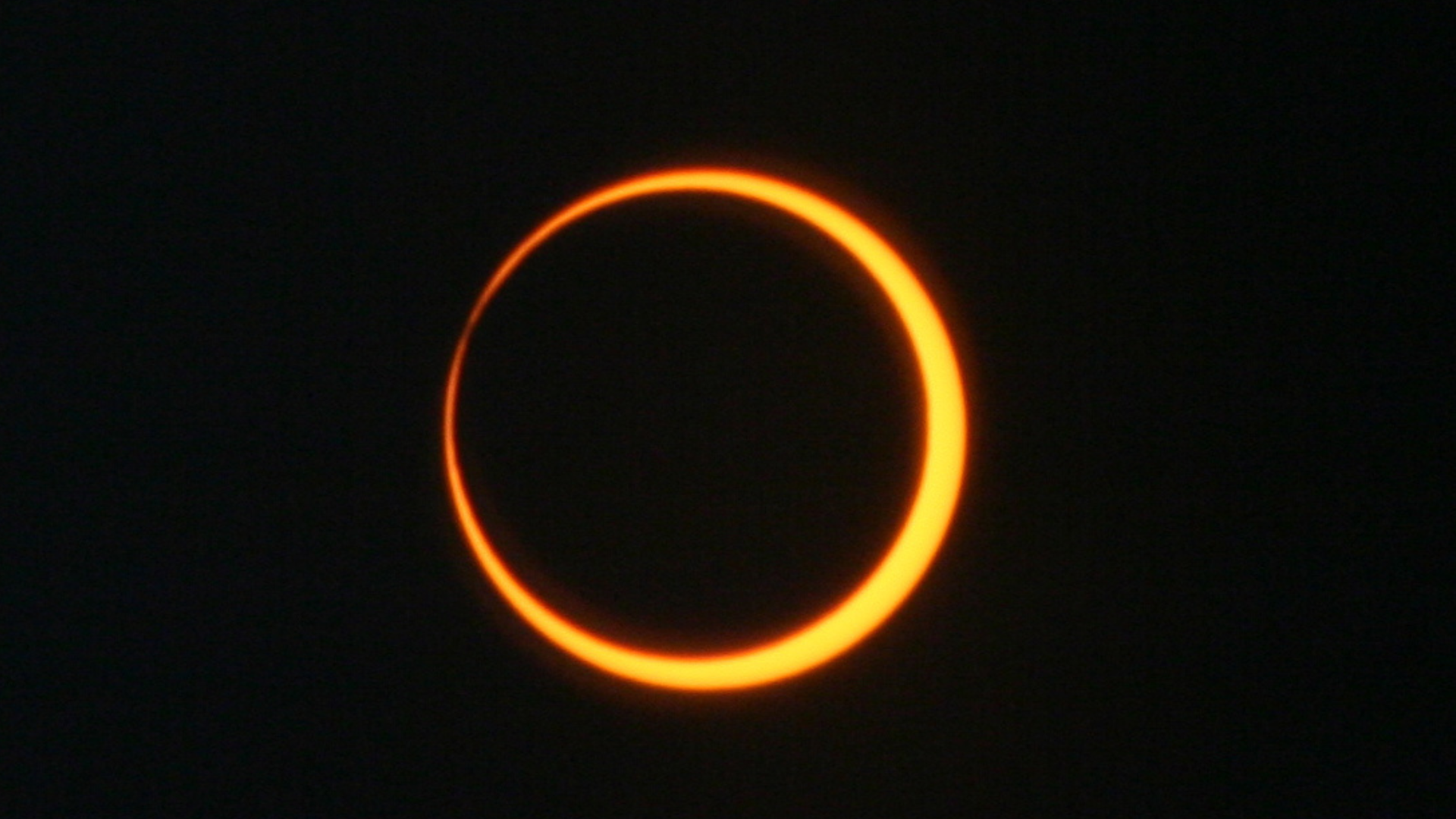
Seven other U.S. states will experience the solar eclipse, along with the Gulf of Mexico and parts of Mexico, Guatemala, Belize, Honduras, Nicaragua, Costa Rica, Panama, Colombia and Brazil. NASA has a helpful interactive map to help you select the best viewing locations.
Reminder: NEVER look directly at the sun. Instead, use solar eclipse glasses or a pinhole camera. All equipment like cameras, telescopes and binoculars must have solar filters in front of their lenses. Here's how to observe the sun safely.
Get the Space.com Newsletter
Breaking space news, the latest updates on rocket launches, skywatching events and more!
Coverage of the eclipse is also available online if you can't get to the event in person. Watch the eclipse live here on Space.com courtesy of NASA — the livestream will start at 11:30 a.m. EDT (1530 GMT). And you can keep up to date with the latest eclipse coverage with our annular eclipse live blog.
Solar eclipses happen when the moon comes between the sun and Earth. The moon's orbit around Earth is elliptical rather than circular, which explains why some eclipses are annular: During an annular eclipse, the moon is relatively far from Earth and therefore too small in the sky to cover the entire disk of the sun. A thin sliver of our star is therefore visible, creating a "ring of fire."
The path of annularity is pretty narrow on Saturday, at just 125 miles (200 kilometers) wide. If you're slightly outside the track, you will see a partial solar eclipse, in which the moon appears to take a bite out of the sun.
| Location | Local time of 'ring of fire' | Duration of 'ring of fire' |
|---|---|---|
| Oregon Dunes, Oregon | 9:15 a.m. PDT | 4 minutes, 29 seconds |
| Crater Lake National Park, Oregon | 9:17 a.m. PDT | 4 minutes, 19 seconds |
| Great Basin National Park, Nevada | 9:24 a.m. PDT | 3 minutes, 46 seconds |
| Bryce Canyon National Park, Utah | 10:27 a.m. MDT | 2 minutes, 31 seconds |
| Canyonlands National Park, Utah | 10:29 a.m. MDT | 2 minutes, 24 seconds |
| Mesa Verde National Park, Colorado | 10:31 a.m. MDT | 2 minutes, 57 seconds |
| Albuquerque, New Mexico | 10:34 a.m. MDT | 4 minutes, 42 seconds |
| Corpus Christi, Texas | 11:55 a.m. CDT | 4 minutes, 52 seconds |
| Edzná Maya archaeological site, Yucatán Peninsula, Mexico | 11:23 a.m. CST | 4 minutes, 32 seconds |
If you capture a photo of the annular eclipse and would like to share it with Space.com's readers, send your photo(s), comments, and your name and location to spacephotos@space.com.
Join our Space Forums to keep talking space on the latest missions, night sky and more! And if you have a news tip, correction or comment, let us know at: community@space.com.

Elizabeth Howell (she/her), Ph.D., was a staff writer in the spaceflight channel between 2022 and 2024 specializing in Canadian space news. She was contributing writer for Space.com for 10 years from 2012 to 2024. Elizabeth's reporting includes multiple exclusives with the White House, leading world coverage about a lost-and-found space tomato on the International Space Station, witnessing five human spaceflight launches on two continents, flying parabolic, working inside a spacesuit, and participating in a simulated Mars mission. Her latest book, "Why Am I Taller?" (ECW Press, 2022) is co-written with astronaut Dave Williams.
